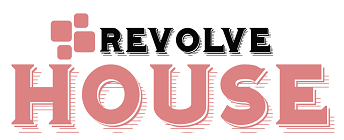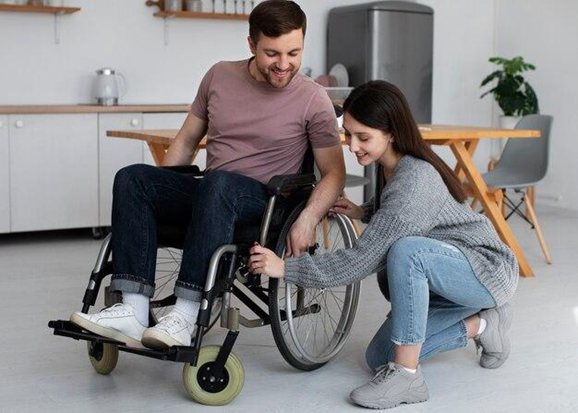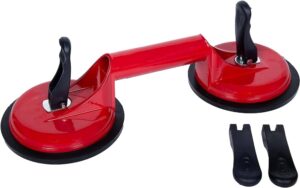Maintaining a comfortable and functional home environment is important for everyone, but it can be especially crucial for people with disabilities. Simple tasks like reaching high shelves, maneuvering around furniture, or accessing controls can become everyday challenges.
However, with a few proactive maintenance measures, you can significantly improve the accessibility and safety of your living space, fostering greater independence and a sense of control.
This guide explores key home maintenance tips for people with disabilities, empowering you to create a more comfortable and accessible environment.
1. Prioritize Accessibility Features
When considering home maintenance, prioritize features that enhance accessibility. Install grab bars in bathrooms near showers, tubs, and toilets for added support. Ensure doorways are wide enough to accommodate wheelchairs or other mobility aids.
Consider lowering light switches and thermostats for easier control. These seemingly small changes can have a significant impact on your ability to navigate your home safely and independently.
2. Regular Appliance Maintenance
Regular appliance maintenance is essential for everyone, but it’s particularly important for those who rely on assistive technology. Schedule annual inspections for devices like stairlifts, elevators, and automatic door openers.
lean and maintain these appliances according to manufacturer’s instructions. For complex appliances, consider hiring qualified technicians to perform maintenance tasks.
By ensuring your assistive technology functions optimally, you can avoid unexpected breakdowns and disruptions to your daily routine.
3. Water Quality and Accessibility
Maintaining good water quality is crucial for everyone’s health, but it can be even more important for people with certain medical conditions. Consider a water softener system installation, if hard water is an issue in your area. Hard water can be irritating to the skin and exacerbate certain medical conditions.
Water softener systems remove minerals that cause hardness, improving the overall quality and feel of your tap water. Additionally, explore installing touchless faucets in kitchens and bathrooms. These features can be more accessible for those with limited hand mobility.
4. Maintaining a Safe and Healthy Environment
Regular home maintenance goes beyond appliances and accessibility features. Schedule annual inspections for your stormwater system cleaning. A clogged stormwater system can lead to flooding, which can be particularly hazardous for people with disabilities.
Regular cleaning ensures proper drainage and minimizes the risk of water damage. Additionally, consider installing smoke detectors and carbon monoxide detectors throughout your home. Test these detectors regularly to ensure they are functioning properly.
By proactively maintaining a safe and healthy environment, you can reduce potential hazards and create greater peace of mind.
5. Seeking Professional Help When Needed
While many home maintenance tasks can be completed independently, there are times when seeking professional help is crucial. For complex repairs or installations, such as grab bar installation or electrical work, hire licensed professionals with experience working in homes with accessibility needs.
Don’t hesitate to ask questions and ensure the professionals understand your specific requirements.
Last Words
By prioritizing these essential home maintenance tips, you can transform your living space into a safe, comfortable, and accessible haven. Remember, a well-maintained home fosters independence, improves quality of life, and allows you to focus on what matters most – thriving and living life to the fullest.




